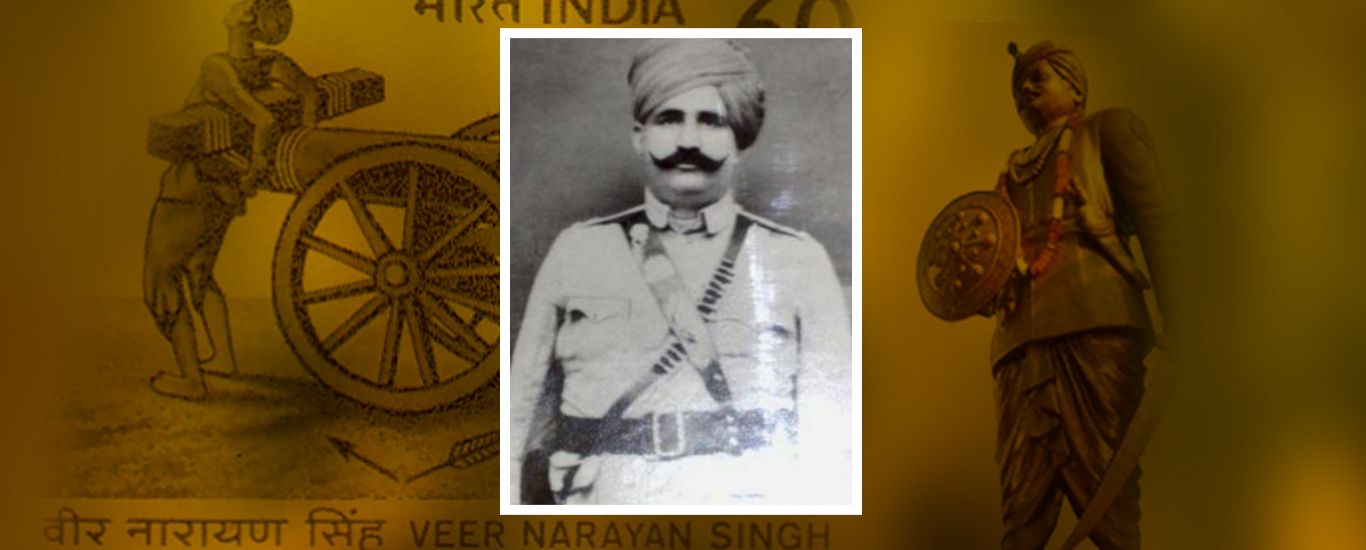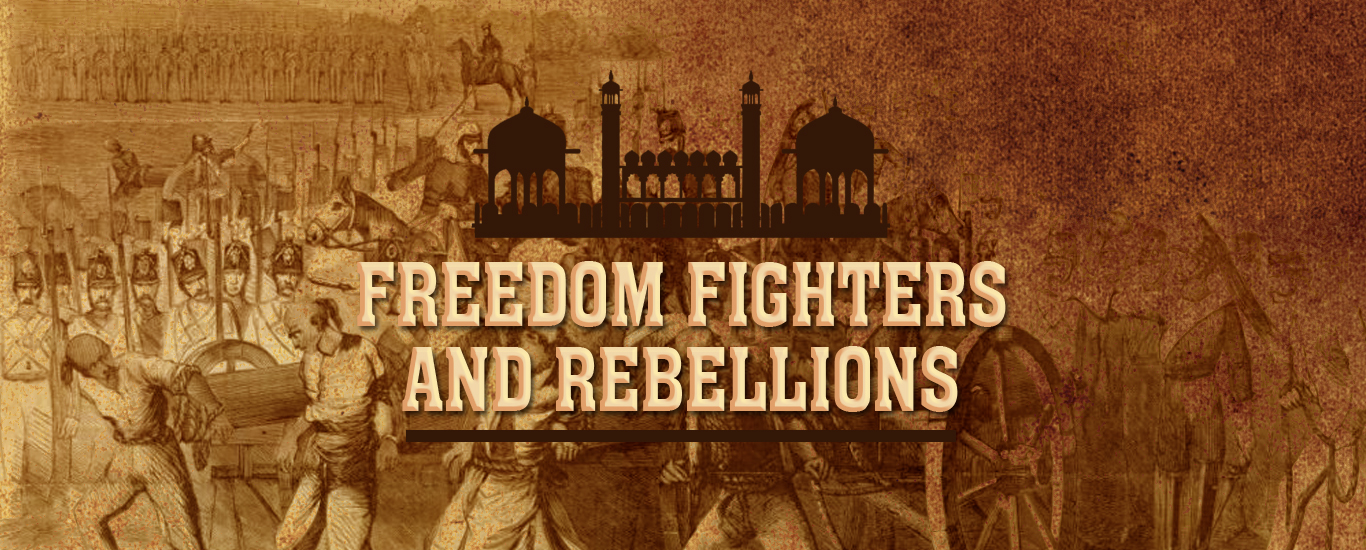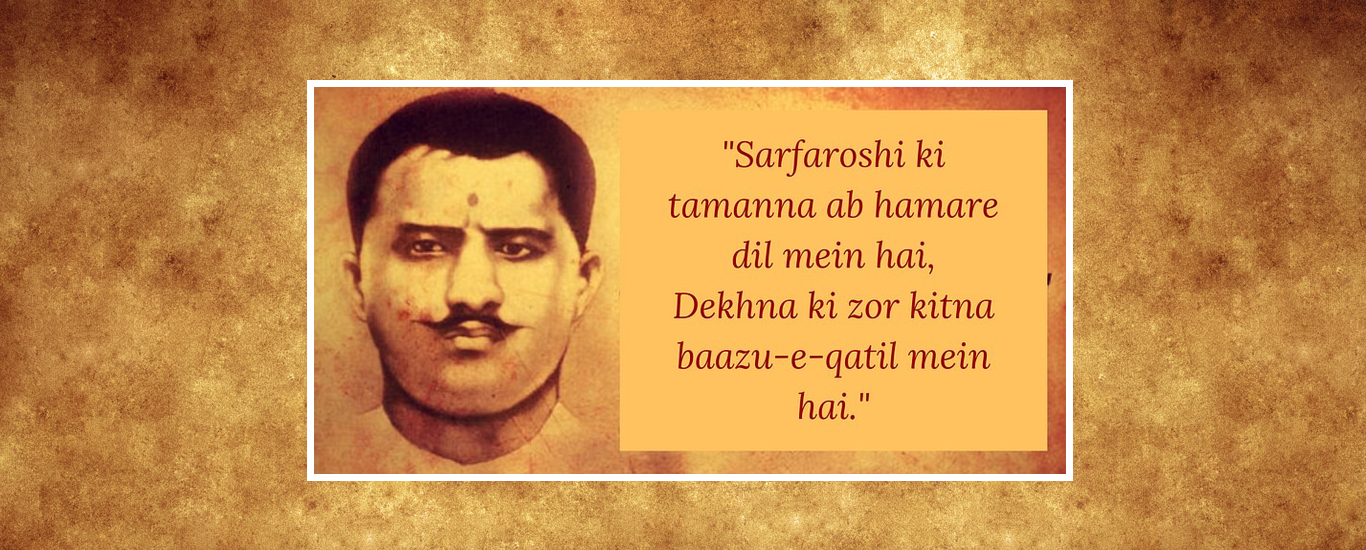The Story of Netaji Subash Chandra Bose
Subhash Chandra Bose was born in Cuttack on January 23rd, 1897. He was the ninth child of Janaki Nath and Prabhavati Bose. Brilliant in his studies Subhash eventually proceeded to England and successfully completed the Indian Civil Service in 1920. To him, life has brought one meaning and one purpose to seek freedom from the bondage of every kind. Vande Mataram solved the dilemma he faced. He was the president of the Indian National Congress.
Returning to India, in 1921, Subhash prepared himself for his baptism of Fire in the Independence struggle. Under the guidance of his Guru Chitranjan Das, he organized a total boycott in Calcutta, on the occasion Of the visit of the Prince of Wales to India. This resulted in the first of his many journeys to jail under British rule.
“I have said that today is the proudest day of my life. For an enslaved people, there can be no greater pride, no higher honor, than to be the first soldier in the Army of liberation. But this honor carries with it a corresponding responsibility and I am deeply conscious of it. I assure you that I shall be with you in the darkness and in the sunshine, in sorrows and joys in suffering and in victory”
These were the concluding words of Netaji Subhash Chandra Bose on the 5th of July 1943 in Singapore. After taking over the charge of the president of Indian Independence, the speech he delivered that day overwhelmed contingents of the Indian National Army also known as the Azad Hind Fauj. The first Azad Hind Fauj was formed in Berlin in September 1941, comprising Indian prisoners of War from Europe and North Africa.
Azad Hind Fauj was the army unit of the original Indian government exile known as Azad Hind which originated outside India in Singapore with the support of Imperial Japan during the Second World War. They wanted to rid the country out of British rule. Azad Hind Fauj was recognized by Germany, Japan, Italy, the independent state of Croatia, Wang Jingwei’s Government in Nanjing, Thailand, a provisional government of Burma, Manchukuo, and the Japanese-controlled Philippines.
Bose’s most famous quote was “Give me blood and I shall give you freedom!” The Fauj utilized ‘Azad Hind radio’ to inspire Indians to fight for freedom. Bose used the slogan “Dilli Chalo” To motivate the thousands of soldiers in his historic address after taking over INA. It was a thundering war cry that the men of the Indian National Army heard from the supreme commander.
By then the sky was reverberated by the full-throated shout of Jai Hind. Rani of Jhansi Brigade was formed by Subhash Chandra Bose. This was the idea of bringing Indian women a chance to take part in this fighting.
How Communists Treated Him
Taking huge risks, when Netaji Subhas Chandra Bose was fighting for Indian independence, a lot of forces were in India that opposed him openly. His efforts were depreciated and even betrayed him to the British. One among the forces was the Marxists. They mocked Netaji as a running dog of imperialism when he opposed their call for support to the British during World War II. The CPM had established an offensive campaign against Netaji.
They published a series of cartoons and hurled choicest insults against him, inconsistently referring to him as a cur held up by Goebbles, the running dog of Japanese general Tojo, the donkey carrying Tojo, a midget being led by a Japanese imperialist, and even as a mere mask of the Japanese imperialist ogre.
It was also written in the People’s War magazine that in a Rangoon villa, Bose was living a luxurious life with the corrupt money which was supplied to him by the Axis powers. They also alleged to know the name of the bank that delivered money for the luxurious life of Bose. Magazine, on its 10 January 1943 issue, thundered that if “Bose’s mercenary army of liberation, of rapine and plunder … dare rests its foot on Indian soil to enact acts of pillage and robbery” then it would “feel the wrath and indignation of our people”.
Sir John Herbert, in 1942, ordered that within 24 hours to clear the surplus rice from the Bengali districts and the officials reported the destruction of thousands of tonnes of rice. People’s War magazine, during this year the published a cartoon picturing Netaji destroying the famine-starved Indian children, thus depicting that the communists served the British during the Bengal Famine.
Needed Better Recognition
In 1939, when Bose raised his need to become the President of the Congress again, Mahatma Gandhi and Jawaharlal Nehru formed such an alliance against him that gradually began to weaken the roots of Bose’s significance.
Bose had then posed that the election of Congress President must be contested by different candidates on different issues. But his point was abandoned. On 24 January 1939, Sardar Patel, Dr. Rajendra Prasad, and JB Kripalani voiced their opinion against it and backed Mahatma Gandhi.
During this time, the alliance announced Pattabhi Sitaramayya as its candidate against Bose. But the vital point here is that despite opposition from Mahatma Gandhi, Pattabhi Sitaramayya lost and Bose won the elections. From then on, politics began to weaken the importance of Subhas Chandra Bose in Congress. Bose was alone on one side and Mahatma Gandhi and Jawaharlal Nehru were both on the other side.
By fighting the alliance, Bose won the election, but the Congress leaders stopped supporting him. This was the reason behind his resignation. He then shaped a party named Forward Block. The purpose of this formation was to fight for the independence of India, apart from the Congress.
Bose once stated that Congress is a party of right-wing ideas that have collaborated with the British for power and have also made a list of possible ministers. Bose assumed that at that time, there were a lot of big leaders in the national unit of Congress whose matters were not with independence, but only for the need of power.
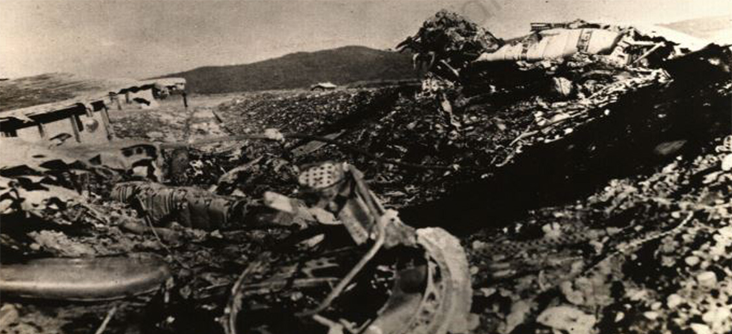
The Plane Crash Story
After World War 2, the very next day Subash leaves the INA headquarters in Singapore with comrades. A Japanese plane took off and he was on board. He was accompanied with Tsunamasa Shidei, Vice-Chief, Japan Kwantung Army. They were headed to Manchuria. The plane they were in crashed in Taipei. Both were killed. This is what the world was officially told. But the plane crash story is still hotly debated.
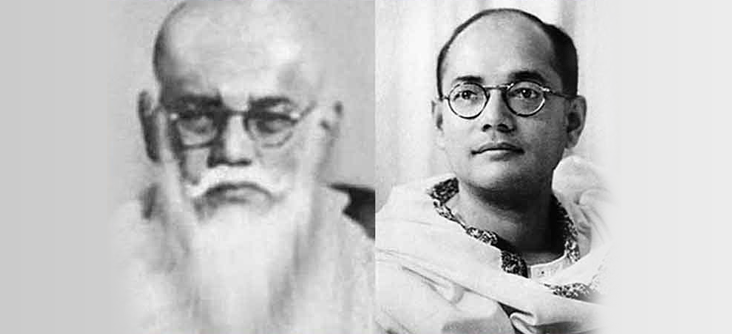
The Gumnami Baba and Netaji
It is never astonishing that among the stories about the mysterious Netaji Subhas Chandra Bose’s death, the ‘Baba’ stories attracted more people. India, the land of mystics and sadhus it is quite natural that people would want to believe that their immortal Netaji would have an everlasting life like a sadhu.
It has been years now that the last of the ‘Baba story’ got officially rejected. The report said that Gumnami-Baba was a “follower of Netaji”, which means Gumnami-baba was not Netaji.
The commission was established in 2016 on the order of the Allahabad high court, to find a mysterious sadhu whom some assumed to be Netaji. His death took place at Faizabad on September 16, 1985.
It was not the first time someone was portrayed as Netaji. There were other people other than Gumnami-baba who were led by the claimants to believe that Netaji did not die in a plane crash at Formosa in 1945.

